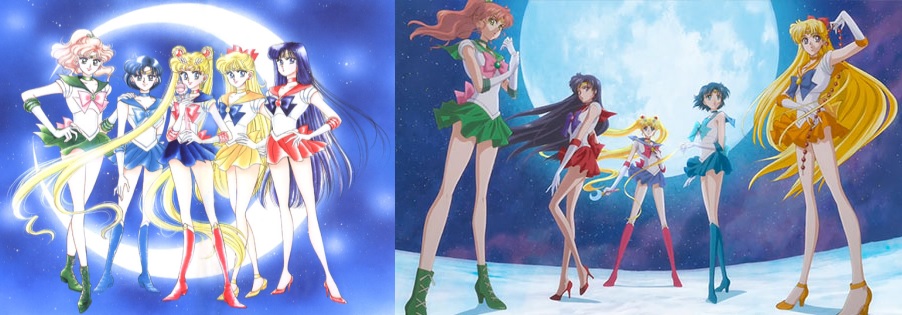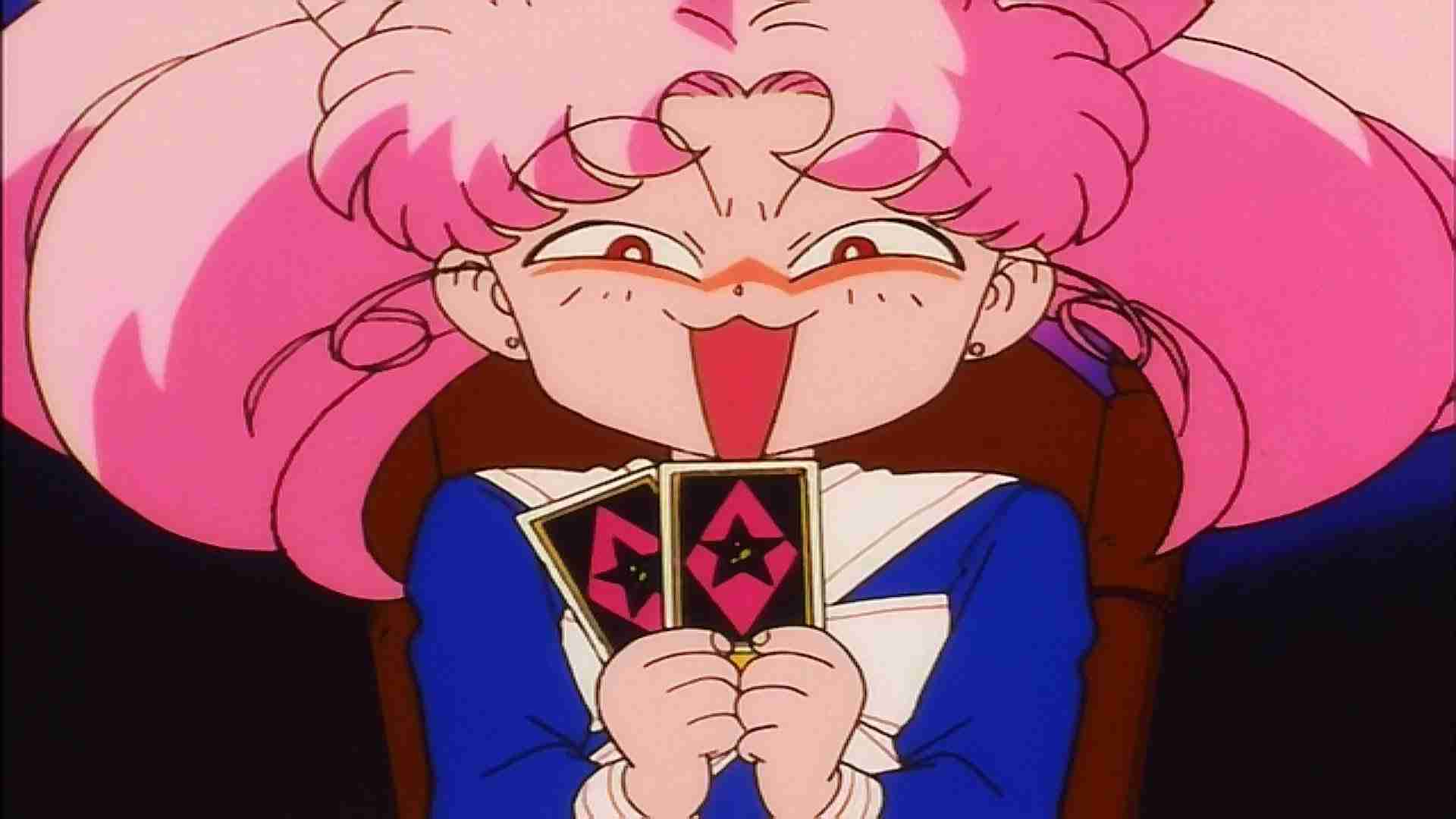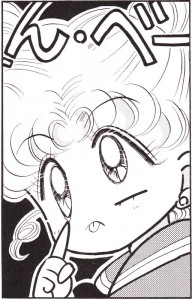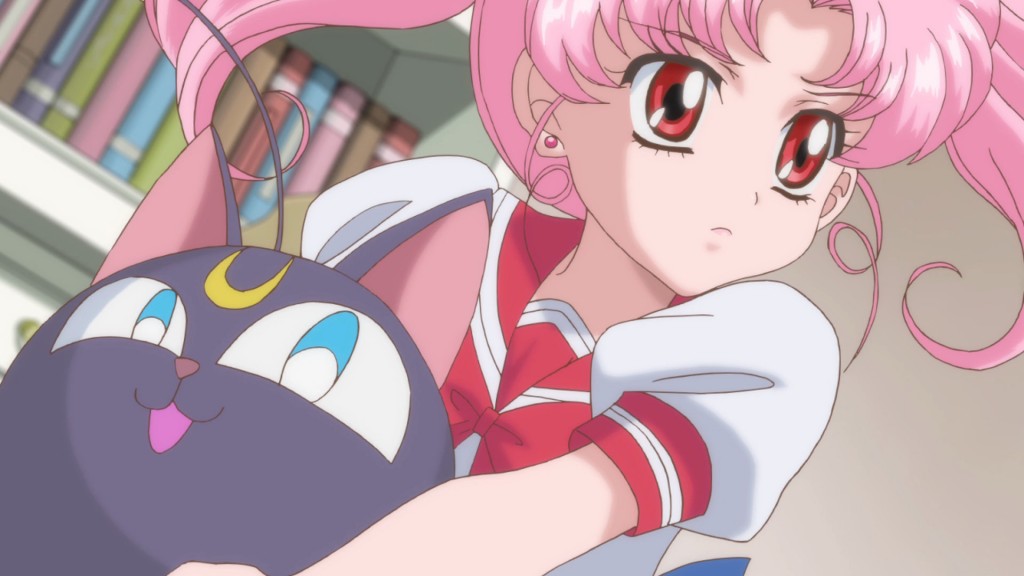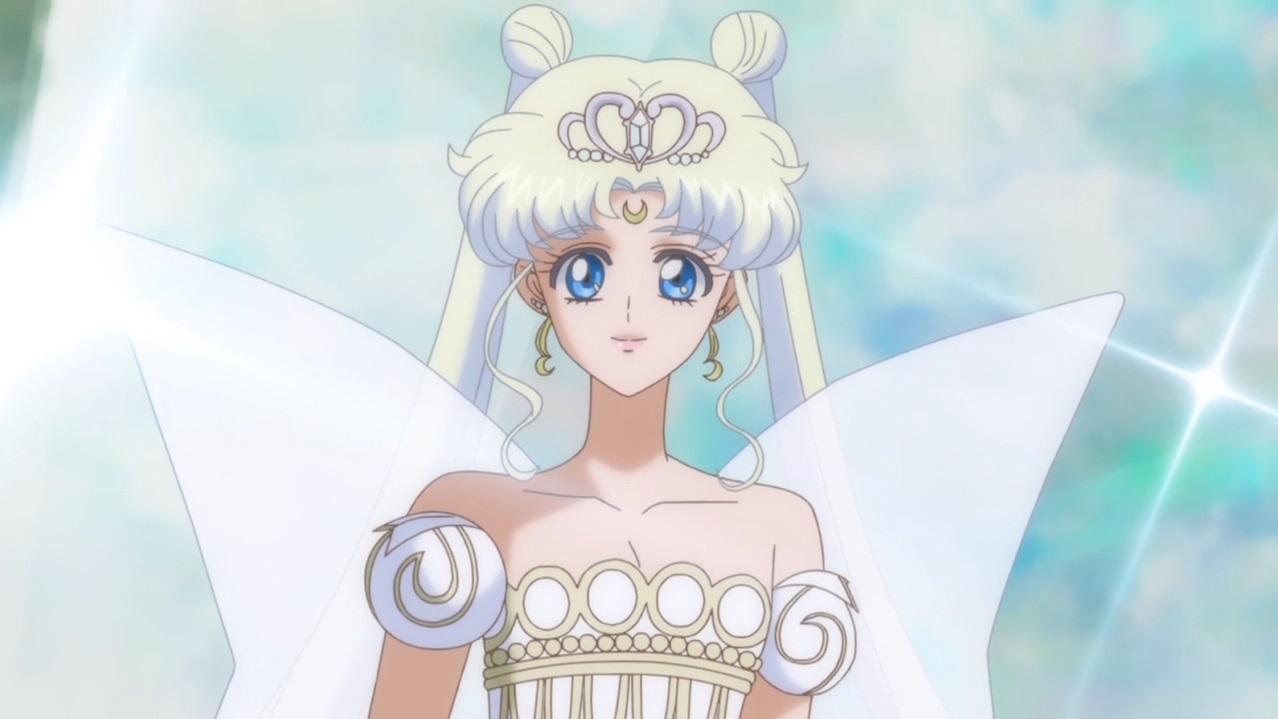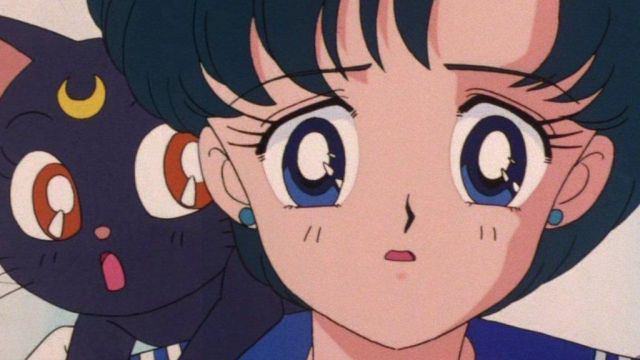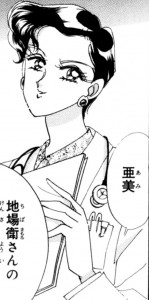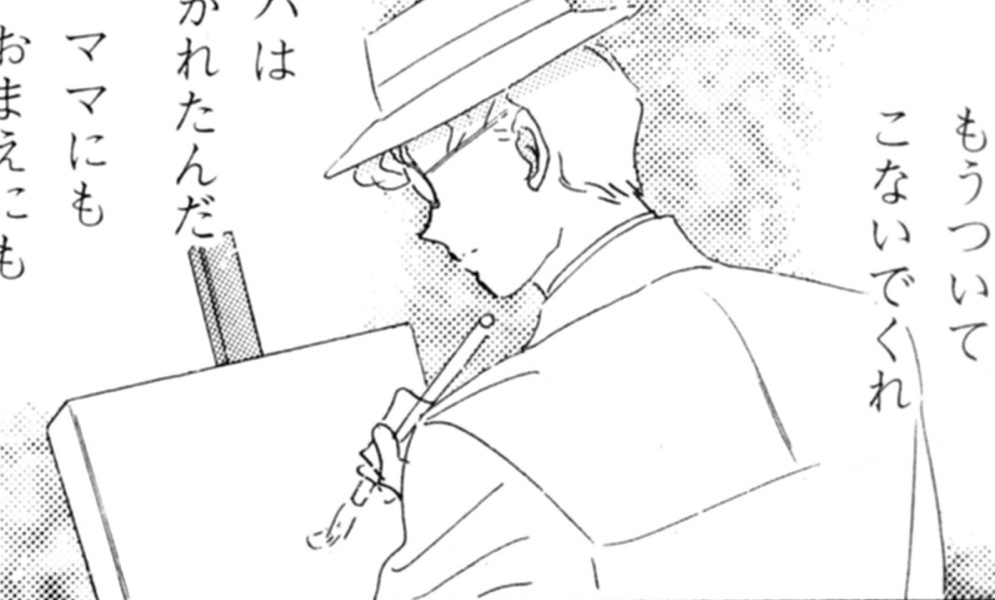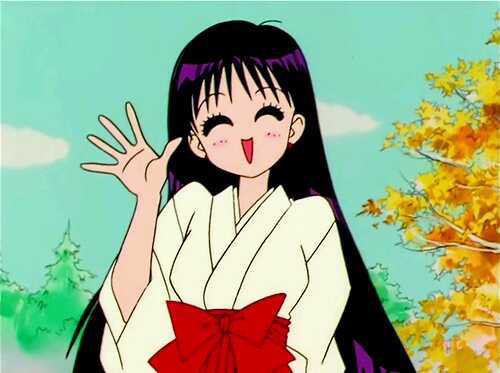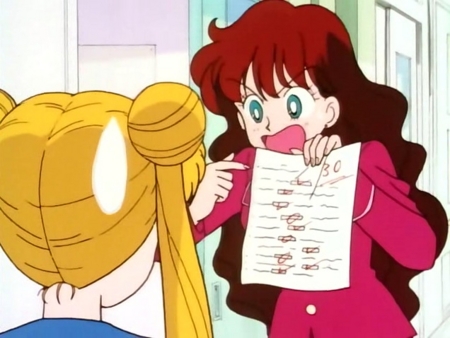Though we discussed several possible reasons behind Ami’s seemingly uncontested popularity already, even after looking at all the data we were still left with quite a few questions. Namely, why is it that ChibiUsa (one of the major characters in the series and practically second-billing in the SuperS anime) didn’t even rank in any popularity polls? Or how do you explain the fact that even Usagi herself did so poorly in the polls despite appearing on practically all Sailor Moon merchandise?
In order to try to make more sense of this, I went to the Nakayoshi Annual Popularity Polls1 for the five years that Sailor Moon was serialized in the magazine. In order to normalize the data, all characters that are essentially the same person (e.g., ChibiUsa, Princess Small Lady Serenity, Sailor ChibiMoon, and Black Lady) were tallied together. For that reason, characters have been ranked against each other to show how popularity changed relatively over time.
For the anime data set, I took another look at the Animage polls and decided to forgo the monthly totals and instead look at the year-end-reviews.2 Once a year, Animage would rank the top 100 anime characters from the past year, so this gives us access to more characters (including Setsuna and ChibiUsa). Once again, characters have been ranked against each other to show relative changes.
So what does the data look like in the Sailor Moon anime now?
As you can see here, the results when taken in aggregate aren’t too different for the anime, even when viewed relatively rather than their actual ordinal ranking (for example, though Setsuna ranks tenth place in compared to the other members of the Sailor Team, she was actually 71st place – two times lower than Michiru – in the polls). One of the more interesting things you can see is just how much of an impact Sailor Moon SuperS had on taking the outer team our of the social consciousness, since they all but disappear with the exception of Haruka.
What can we learn by looking at the Nakayoshi ratings, then?
To say that I was surprised by these results would be a disservice. I was absolutely stunned at how different this worked out when compared to the results of the anime. Ami, the far-and-away leader in rankings in the anime drops down to sixth and even seventh place in the anime while ChibiUsa firmly holds second place right after Usagi. You can also see the definite impact of being kept directly involved in the Dead Moon and Sailor Stars arcs, since they not only maintained their popularity, but little Hotaru actually comes in third!
The data really speaks for itself and there isn’t much further to say here, but it is definite worth re-evaluating the commonly accepted myth that Ami is the most popular of the Sailor Team. She was (and is) definitely popular, yes, but a lot of that comes from the fact that many popularity polls at the time were done in anime magazines aimed at high school anime fans and older. What’s more, most of those fans were men (judging by the fact that the vast majority of “favorite” characters in Animage’s polls were women; this trend has reversed in recent years).
The most important thing to remember, though, is that there’s no such thing as a “wrong” answer when it comes to favorite characters. Who appeals to you is what’s most important, of course. But we definitely can learn a thing or two about the two very different audiences of Sailor Moon back in the early- to mid-90s!
